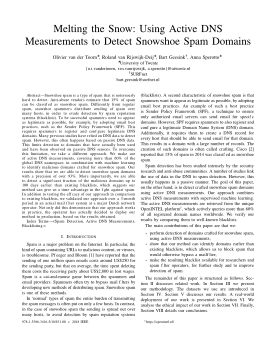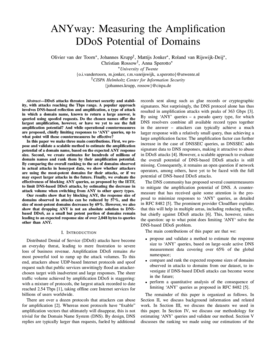Created: 2023-06-22 12:44
#mind
Our minds love to express self-pity. An ever growing TODO list, while you already have so much backlog on there… “Poor me, I’m never getting all this done.”
Recently I realized I get this strongly when I have much to do and I get interrupted with yet more things to do. This drains my energy to go against the thoughts of “I have to do everything here, can never get some time to myself”. Of course, this is my mind expressing self pity. Things are really not as bad as I make them out to be. Rather the low energy grumpy glasses I’ve got on at those times cloud how things really are.

